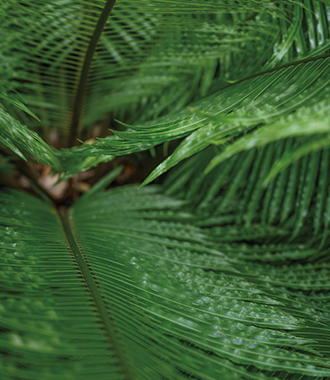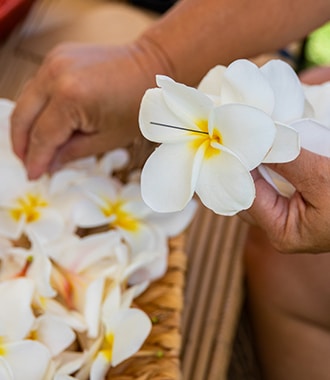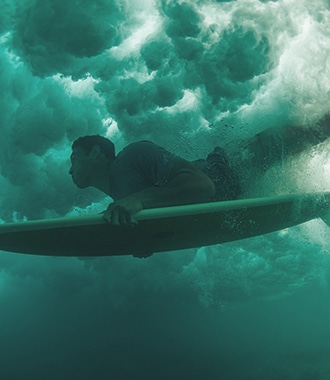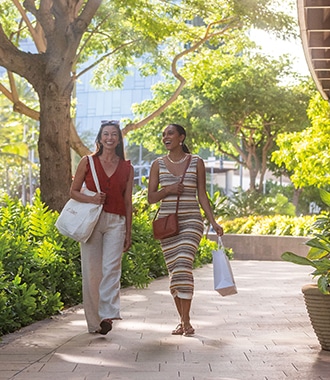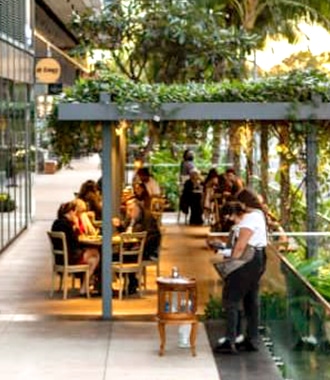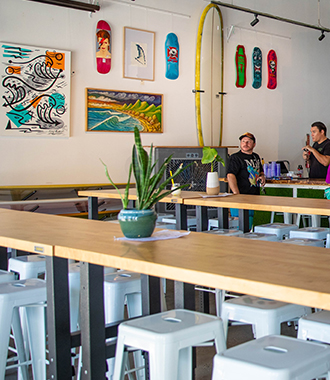Polynesian Spaceships
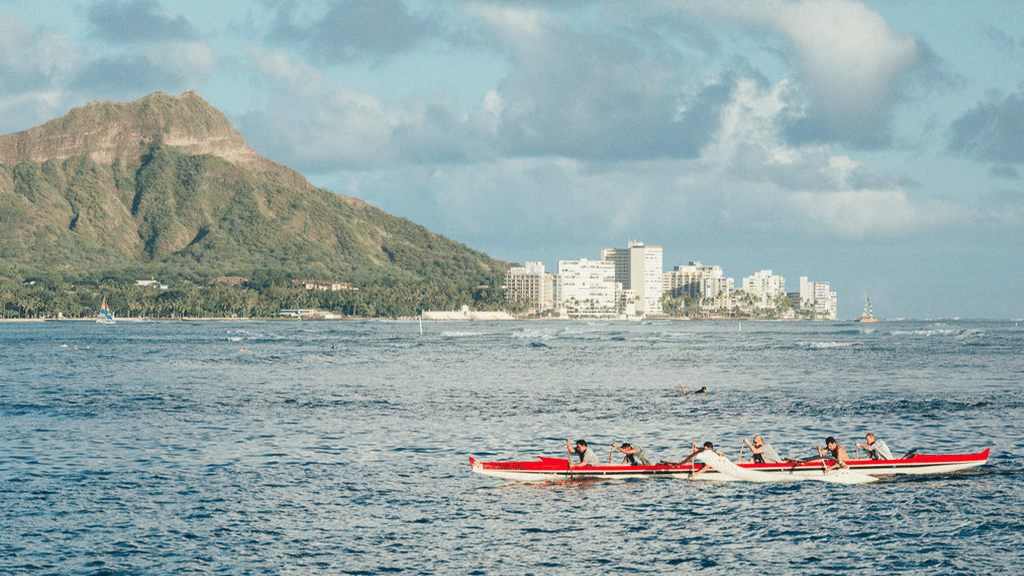
To say that Hawaiʻi holds a deep-seated connection to the outrigger canoe is an understatement. To be sure, our entire existence on these islands depended on the craft.
The outrigger canoe was an exploratory vessel. A Polynesian spaceship that would propel a people into the expansive unknown, guided only by their ingenuity, fortitude, and knowledge of the heavens. Indeed, the men and women on these crafts followed currents, mapped the stars, caught the wind, surfed the swells and chased whales, birds, and sharks toward unknown island planets. It was on these ships that they charted, discovered, and inhabited Hawai’i centuries before the first Western sailors.
But that was then and this is now. Today, “paddling” as we commonly call it, is most commonly done upon single-hull outrigger canoes with an ama (an outrigger float) connected to the main hull. Evidence of its popularity can be seen everywhere, or at least anywhere one looks toward the ocean. Paddling clubs serve as brotherhoods and sisterhoods, creating a social dynamic that’s unique in history and place to the people of Hawai’i.
On the island of Oʻahu alone, there are at least 18 different outrigger canoe clubs with over a dozen more on the neighboring islands. The clubs compete with each other over the course of a grueling six-month season (April-October) culminating in a massive race called the Moloka’i Hoe. The annual event is an international affair that sees teams from Moloka’i to O’ahu paddle across the treacherous Ka’iwi Channel. In the grueling 43-mile-long crossing, more than 1,000 contestants take part in the endeavor, with crews in different divisions (ferried by boats) subbing in at 30-minute-nonstop intervals.
“What I love most about paddling is the camaraderie,” says Karel Tresnak Jr., a steersmen at Waikiki’s illustrious Outrigger Canoe Club. Son of an outrigger canoe builder, Tresnak Jr. has been paddling since he was 11-years-old. He’s also won a whopping seven one-man canoe solo titles, five one-man canoe relays, and three six-man canoe titles over the years at the Moloka’i Hoe. “When you’re part of a good crew in the six-man division, you’re not just paddling for yourself—you’re paddling for your teammates. Plus, paddling here in Hawai’i, the weather is always perfect for it. The water is always warm, so for me, paddling is so much better than going to the gym to work out or going running.”
Situated near Magic Island and Ala Moana is the Koa Kai Canoe Club. Founded in 1979 as a club for police officers, they’ve since accepted all newcomers with Paul Amoy (an original member) as acting head coach and are a stalwart in the area. Surfing the breaks around Ala Moana Beach Park, you’ve probably noticed their signature red, white, and black vessels cutting through the sea just outside the sets.
“Once a week we go out into the open-ocean,” says Amoy. “On a distance day we’ll come at 6 am and paddle all the way to Hanauma Bay, and then back to Magic Island. That’s about 22 miles, which gets us pretty ready for Moloka’i.”
Like Tresnak Jr., Amoy enjoys that intense camaraderie found among teammates in a race.
“Initially what drew me to paddling was the friends,” he says. “We were all policemen and we enjoyed each other’s company, so we enjoyed paddling. Then, like any sport, you get addicted. I was also born and raised in Waikiki, so I’ve been in the water my whole life. This is just an extension of that way of life. Now that I’m older, I like coaching these guys and still being that close to the sea.”
As paddling season kicks into gear, why not jog down to Magic Island and watch the crews slice through the sea on a craft that’s been gracing the Pacific for nearly a millennium. Or if you’re game, join a club yourself—nearly all of them around the island accept new members. Like Tresnak Jr. said, it’s a whole lot better than going to the gym.
